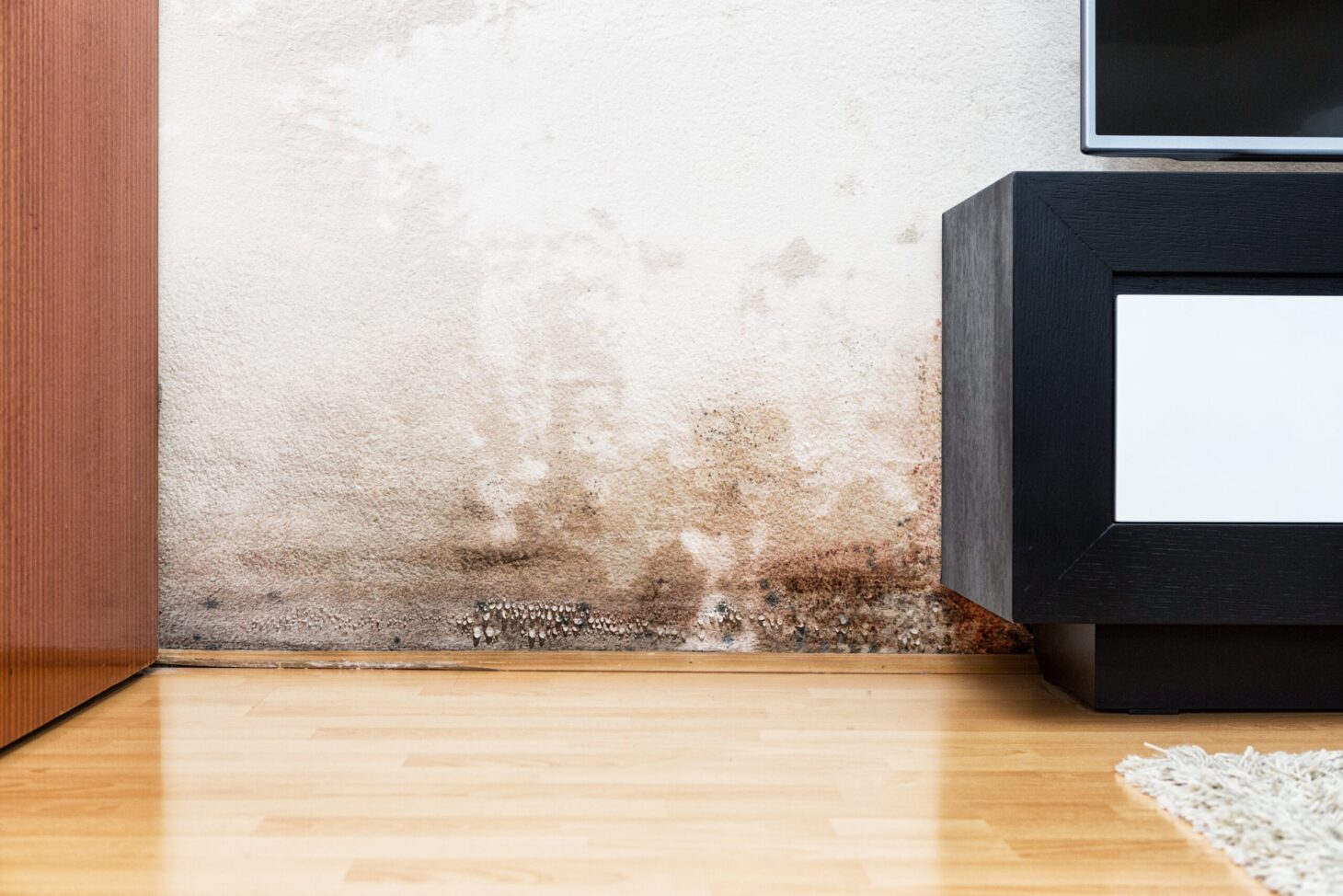It’s easy to think that finding a quick cure to get rid of moisture in your home will solve the problem, but it’s rarely that simple. Some of the information in this guide is self-explanatory; you wouldn’t need a damp proofing firm or a builder to do it. If you’re fed up with having to paint your house every year, here’s your solution!
Damp is a dreadful thing to be in your home, and getting rid of it can be a nightmare. People come up with some strange theories about why their house is having dampness and wonder why the damp would not go away when they try to treat it!
People prefer exterior wall coatings over masonry paint because they prevent dampness, whereas paint does not.
This article contains a brief guide to what is rising damp and some misconceptions and facts on curing it!
Rising Damp and its Effect
Rising dampness is a very uncommon type of moisture affecting the building walls. Moisture from the ground rises through walls as a result of capillary action. It means that similar to a series of straws, groundwater is drawn up through microscopic channels in the bricks. This water includes salts, which move up the wall as well.
Other porous construction elements, like the timber and the plasterwork found in joists, floor boards, and skirtings, are located around the damaged wall. These components will also readily absorb ground water, and you might notice signs of wet rot in the wood.
Rising dampness is usually identified by the damage done to a building’s internal walls. Paint and plaster erode over time, and wallpaper loosens. At the level where groundwater reaches, a visible stain emerges on the wall in the form of a tidal mark. Salts may grow on the interior surface as well. This is a common symptom of rising humidity and can result in plasterwork and paint debonding. Mortar may disintegrate externally, leaving white salt marks on the walls.

Ways to get rid of dampness that doesn’t work
Primarily, as previously said, wetness in your home won’t go away on its own.
Inhaled harmful particles attach to the lungs and throat’s linings, ultimately causing breathing issues. Black mould produces invisible spores into the air in the house, similar to toxic pollen, which is inhaled by occupants.
Here are various methods that don’t work and why they don’t.
1. Interior damp spray/stain blocker:
This product is frequently sold in an aerosol can and therefore is relatively inexpensive if you consider spending money affordable.
Because the damp comes inside from the outside, if you block a hole inside, the water in the walls will find another way in.
2. Dehumidifiers:
These machines may be rented or purchased for as low as £150, and they function by vacuuming the surrounding air and then freezing the moisture.
It accomplishes this by condensation (if you don’t recall your high school science lectures!) and then discharges the water into a reservoir.
They may assist with moisture and damp control but will not fix the problem, and you may wind up with a large electric bill if you use them frequently.
3. Plasterboard for drywall or dry lining:
This approach is frequently used when renovating basements or cellars to prevent water ingress, but a damp-proof membrane is commonly used as a belt and braces technique.
When utilising drywall for curing the damp in internal spaces, you’re once again confronted with the problem that damp may well be covered up… but still there!
If you don’t fix it, it will relocate to another wall portion, where the water will seek a suitable path inside the house.
4. The exterior should be painted:
NO! Most self-purchased paints, especially those claiming to be weatherproof, are as often as not just coloured water.
Painting a moist wall from the outside would not cure the damp; if the walls have difficulties, the paint will not survive very long in the first place, so it’s a total waste of money.
5. Bleach:
Finally, spraying bleach on the inner walls to remove mould will exacerbate the wet situation! Why?
As household spray bleach absorbs moisture, spraying it on the wall and then wiping the black mould is a recipe for disaster.
- You’ve made the wall wetter by putting something on it that contains water, which provides the mould with the moisture it requires to develop, causing it to return.
- You’ve discharged more spores into your home’s air, which the residents could inhale. This isn’t good.

How to Get Rid of Damp?
With the preceding in mind, healing damp is not as simple as it appears, and in most circumstances, it necessitates professional assistance and care.
We provide two types of spray-applied wall coatings: clear and painted, both of which remove moisture while also improving the house’s appearance!
This therapy is a cost-effective solution to get rid of dampness for good.
Conclusion
Everything comes with its myths and facts, and so do the techniques for curing damp. Understanding them all briefly, as specified in this article, is essential for the best outcomes. Follow them precisely and get the most efficient and effective results in preventing dampness from the walls.









